Understanding Mechanical Fasteners in Residential Construction
 Understanding Mechanical Fasteners in Residential Construction
Understanding Mechanical Fasteners in Residential Construction
Mechanical fasteners play a crucial role in residential construction. They hold materials together, enabling the structure to remain intact and stable. The most common mechanical fasteners in construction include nails, spikes, bolts, lag bolts, and lag screws. Each type has specific applications, and choosing the right fastener is essential for the safety and durability of a home.
1. Nails
Nails are perhaps the most commonly used fastener in residential construction. They are typically made of steel, though variations in material such as stainless steel or galvanized nails are used for different environments. Nails are primarily used for fastening wood components, such as framing, sheathing, and roofing.
- 2d to 20d (d refers to the penny size of the nail). For example:
- 2d (1 inch): Used for light framing, small trim, or delicate materials.
- 16d (3 ½ inches): Standard for framing, like securing studs to the sill plates.
- 20d (4 inches): Often used for larger framing applications and heavy-duty construction.
Types:
- Common Nails: General-purpose nails used in framing and structural work.
- Finish Nails: Smaller, thinner nails for trim and finishing work.
- Roofing Nails: Larger-headed nails for attaching shingles or roofing felt.
2. Spikes
Spikes are large, heavy-duty nails that are typically used for securing large timbers or beams. They’re similar to nails but are much longer and thicker. Spikes are often used in the construction of decks, fences, and heavy framing where more holding power is required than what standard nails can provide.
Common Sizes:
- Spikes generally range from 4 inches to 12 inches, depending on the application.
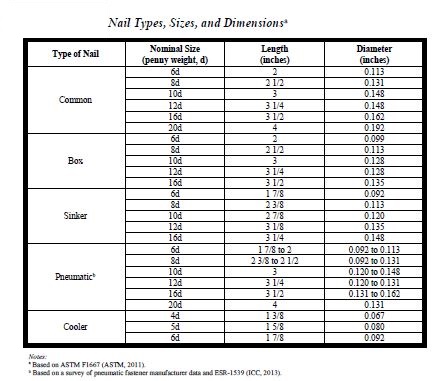 3. Bolts
3. Bolts
Bolts are fasteners that consist of a cylindrical shaft and a head. They typically require a nut or threaded component to secure them. Bolts are used in a variety of construction tasks where high strength and stability are needed. They are often used in securing steel beams, heavy timber, or other structural elements.
Common Sizes:
- ¼-inch to 1-inch diameter: Commonly used in wood or light steel framing.
- 1 ½-inch to 2-inch diameter: Used in larger structural applications, such as securing posts to foundations or beams.
Types:
- Hex Bolts: Common in residential applications, these bolts have a hexagonal head and are used with a nut.
- Carriage Bolts: Bolts with a rounded, smooth head that are typically used for securing wood to metal.
4. Lag Bolts
Lag bolts (or lag screws) are large, heavy-duty bolts that are designed to fasten wood to wood or wood to metal. They have a thick body and a hexagonal head. Lag bolts provide a strong, durable connection, making them ideal for securing large timbers, framing, or even heavy machinery in place.
Common Sizes:
- Lag bolts typically range from ¼ inch to ¾ inch in diameter and 2 inches to 6 inches in length.
- Larger lag bolts may be required for heavy-duty applications like securing beams or large deck posts.
Types:
- Galvanized Lag Bolts: Used for exterior applications where exposure to moisture is a concern, as they resist rust.
- Stainless Steel Lag Bolts: Ideal for high corrosion environments, like coastal areas.
5. Lag Screws
Lag screws are similar to lag bolts but differ in that they are threaded along the entire length, whereas lag bolts may not be threaded at the end. They are used when a strong, permanent fastening solution is needed for joining large or heavy wood pieces.
Common Sizes:
- Lag screws typically range from ¼ inch to ¾ inch in diameter and 2 inches to 8 inches in length.
Applications:
- Ideal for securing posts, beams, and framing elements.
- Often used in decks, railings, and other structural elements that require high shear strength.
Conclusion
Understanding the different types and sizes of mechanical fasteners is key to selecting the right fastener for any residential construction project. Each fastener has its specific purpose, whether it’s the common nail for framing, the heavy-duty spike for large timbers, or the bolt and lag screw for securing critical structural elements. Properly choosing and using fasteners ensures that a home is built to last and withstand the stresses of everyday use.

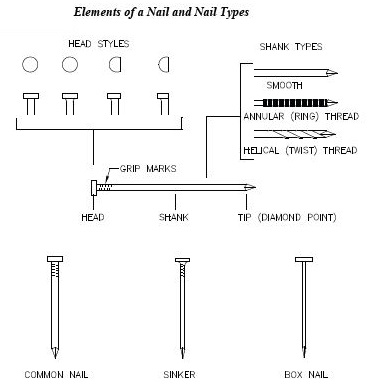
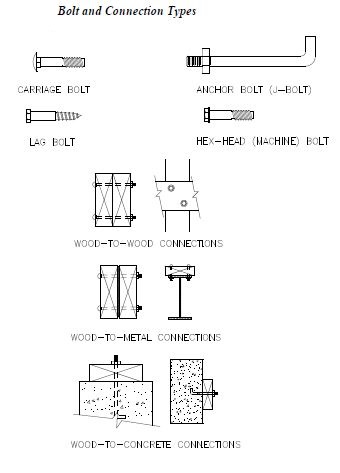

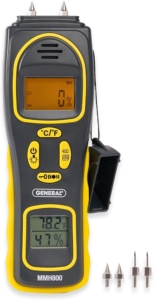

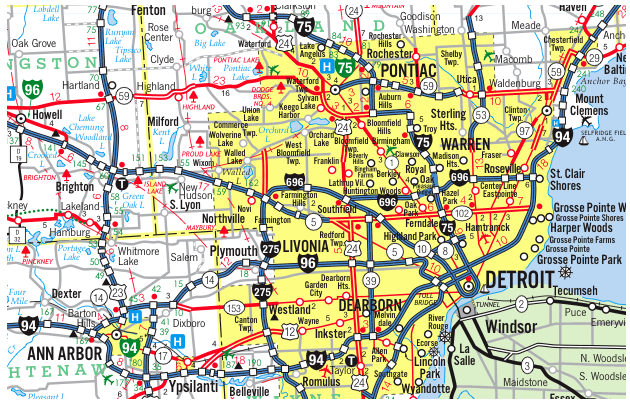 Our Construction company is Servicing Southeast Michigan, Detroit and the Tri-County area Wyane, Oakland and Macomb;
Our Construction company is Servicing Southeast Michigan, Detroit and the Tri-County area Wyane, Oakland and Macomb;
